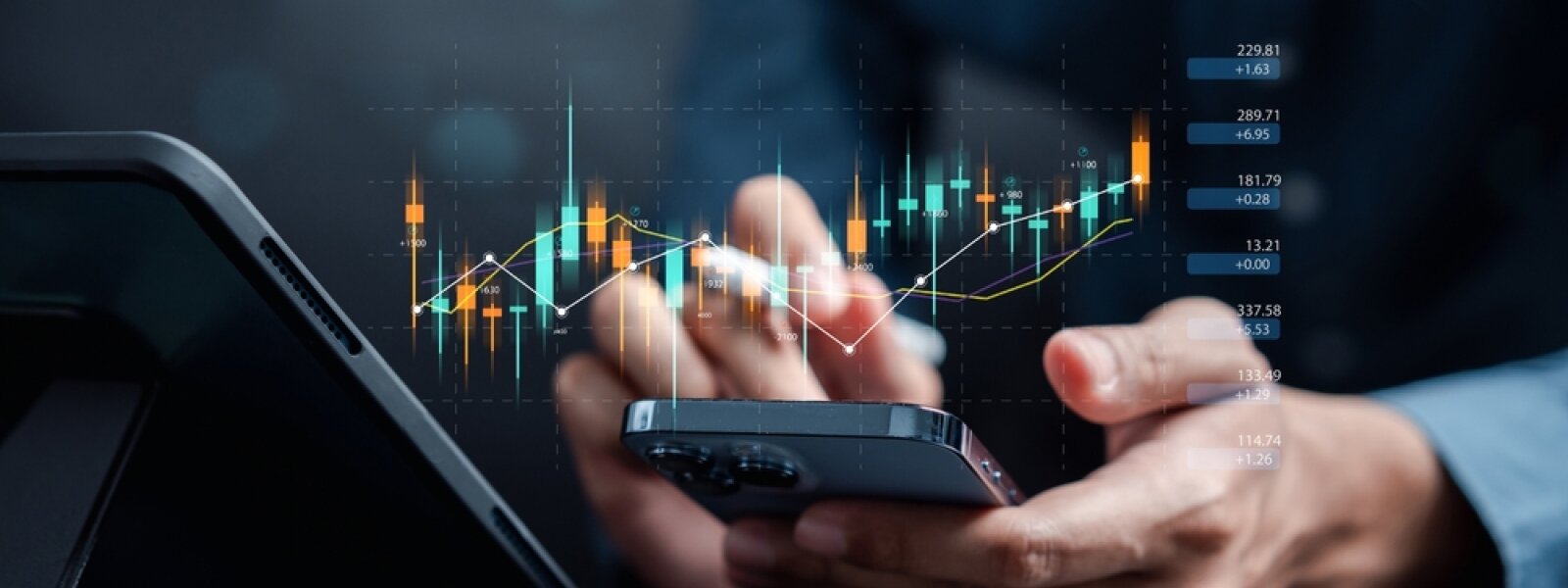One of the concepts encountered by a person who is interested in trading on the financial market is the stock market. In this article, we will tell you what a glass of wine is, what it means when it is "poured" and "drained". We will also share information on how to analyze the stock market.
Exchange cup: what is it
An exchange cup is a set of buy/sell orders with the specified quantity and bid prices. For example, an exchange glass for buying beads for tugriks on the exchange can look like this:
1 000 000 — 12
500 000 — 11
200 000 — 10
100 000 — 9
10 000 — 8
1 000 — 7
1 000 — 6
10 000 — 5
100 000 — 4
200 000 — 3
500 000 — 2
1 000 000 — 1
Such a glass is called symmetrical. For example, we see that transactions are available for instant execution:
- buy up to a million beads at 12 tugriks each;
- buy up to 500,000 beads at 11 tugriks each.
The best offer is to buy up to 1,000 beads at 7 tugriks each.
On the other hand, there are applications for the purchase of beads in the glass. Transactions available for instant execution are:
- sell up to 1,000 beads at 6 tugriks per piece;
- sell up to 10,000 beads at 5 tugriks each.
The most unprofitable offer for a potential seller is to sell up to a million beads at 1 tugrik each.
Read also: Volatility of the market: what an investor should know
How does the exchange glass work
The exchange cup provides information about the market's opportunities for instant execution.
The glass of prices: structure and parameters
Usually, all participants of the exchange can submit an application to the stock market. Some brokers provide direct access to the stack online. This is possible only if there is a similar technical opportunity at the exchange. But it is important to understand that applications are still executed by the broker whose client is the investor.
The depth of the glass usually means how deep in one of the sides (or in both) there are buy/sell orders and the volume of these orders.
Accordingly, the phrase "fills the glass" means that he will execute transactions for the purchase of an asset, that is, he will act as a seller. When they say "fill the glass completely", they mean that all available purchase requests will be fulfilled. The opposite action is to "drain the glass", that is, execute transactions on the sale of an asset, acting as a buyer.
FC Daliz-Finance LLC has the ability to purchase military bonds on the secondary market, as well as the experience of purchasing military bonds through primary dealers. In the first months of the war, our clients bought military bonds worth more than 500 million hryvnias. Join their number by submitting an application on our website.
What the stock glass shows
The glass is one of the main indicators of paper liquidity. The larger the glass, the more is offered for the execution of instant transactions.
Also, the glass shows the power of buyers and sellers. But the glass of prices is not always symmetrical — there may be more sellers than buyers. This means that sellers can start lowering the price and vice versa if there are more buyers.
Read also: Types of transactions on the stock exchange: a guide for investors
How to analyze a stock exchange glass
The stock exchange can be analyzed dynamically, especially if you have access to executed transactions. Changes in the glass (execution of transactions or simply removing orders) indicate the current state of the market and allow creating a general understanding of the direction of market movement.
Frequently asked questions: what is a glass in stock trading
Where to see a stock glass
The exchange glass can be viewed directly on the exchange platform.
Who can watch the exchange glass
Exchange glass can be viewed by all exchange participants. But only professional participants have direct access to the exchange. At the same time, some brokers, who have the technical ability, provide information access to the glass to their clients.





